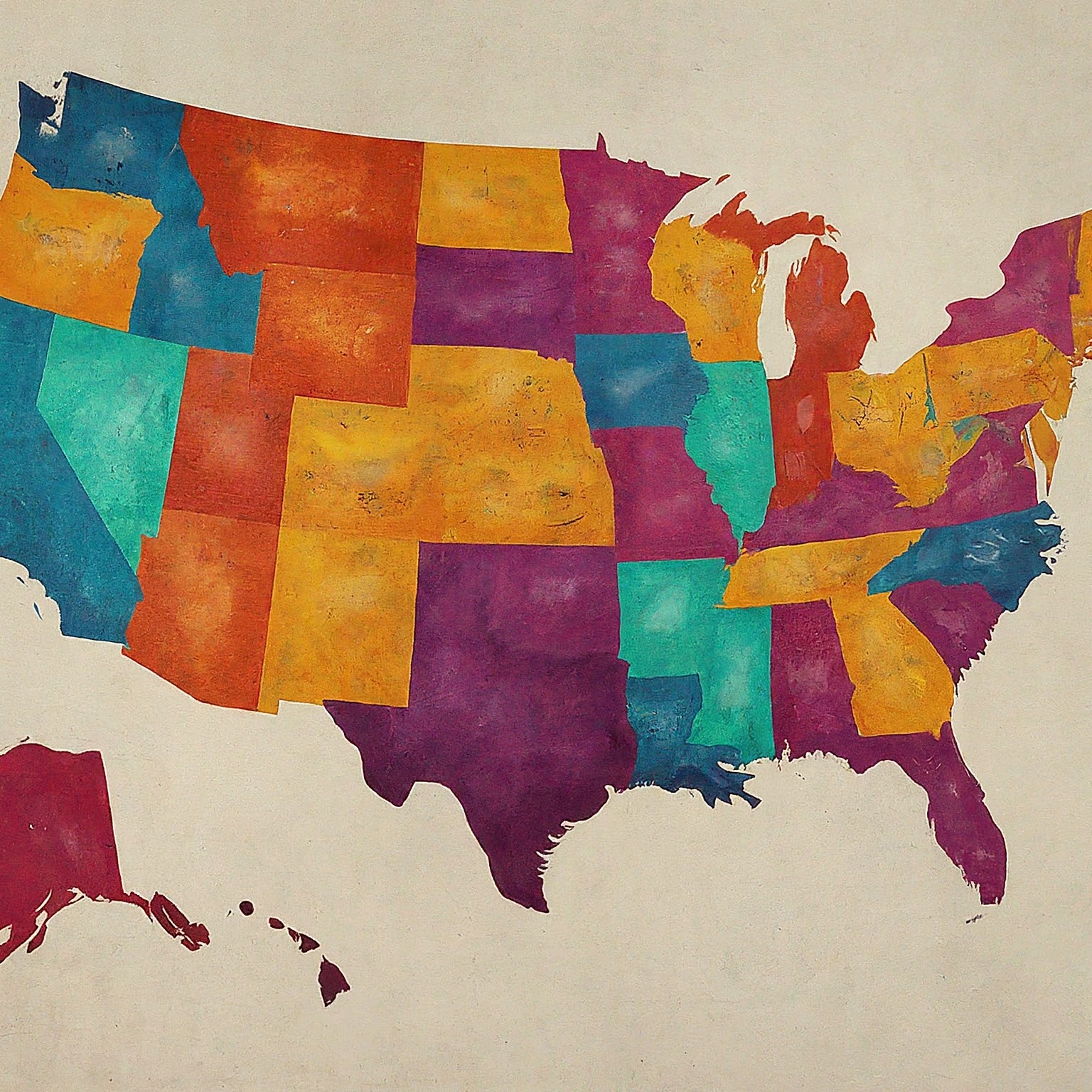The American dialing codes are a crucial component of the United States’ telecommunications infrastructure, providing a standardized system for routing calls and identifying geographic regions. In this comprehensive article, we will explore the significance of American dial codes, their historical context, and how to use them effectively.

The Significance of American Dialing Codes
American dialing codes, also known as area codes, play a vital role in the US telecommunications system. They serve as unique identifiers for specific geographic regions within the country, ensuring that calls are routed to their intended destinations efficiently. Area codes are essential for both domestic and international calls to the United States.
The Structure of US Phone Numbers
A typical US phone number consists of 10 digits, divided into three parts:
- Area Code: The first three digits of a US phone number represent the area code. This code identifies the specific geographic region within the United States where the phone number is located.
- Prefix: The next three digits of the phone number are known as the prefix. This part, combined with the area code, further narrows down the location of the phone number within the area.
- Line Number: The last four digits of the phone number are the line number, which uniquely identifies a specific phone line within a particular area.
Common Area Codes in the United States
The United States has hundreds of area codes, each representing a different geographic region. Some of the most common area codes include:
- New York City: 212, 646, 917
- Los Angeles: 213, 323, 424, 626, 818
- Chicago: 312, 773, 630, 847
- Houston: 713, 832
- Phoenix: 602, 480, 623
International Dialing to the United States
To make an international call to the United States, you will need to dial the following sequence:
- International Access Prefix: This is typically a plus sign (+) or a sequence of numbers specified by your phone service provider.
- United States Country Code: Enter +1.
- Area Code: Enter the three-digit area code of the desired location.
- Local Phone Number: Enter the seven-digit local phone number of the recipient.
Example: To call a phone number in New York City with the area code 212, you would dial +1 212 [local phone number].
International Calling Tips
- Check Time Zones: Be mindful of time zone differences between your location and the United States to avoid calling at inconvenient times.
- Consider Calling Costs: International calling rates can vary depending on your phone service provider and the destination country.
- Use a Reliable Connection: Ensure you have a strong signal and avoid background noise to enhance call quality.
- Be Patient: International calls may experience delays or connection issues due to network congestion or other factors.
The History of American Dial Codes
The area code system in the United States was introduced in the early 1950s as a way to manage the growing number of phone lines and improve the efficiency of the telecommunications network. As the country’s population and businesses expanded, new area codes were added to accommodate the increasing demand for phone numbers.
The Impact of American Dial Codes on Telecommunications
American dial codes have played a crucial role in the development of the US telecommunications infrastructure. They have facilitated efficient routing of calls, enabled businesses to expand their reach, and provided a valuable tool for identifying geographic locations.
Conclusion
American dialing codes are an essential component of the US telecommunications system, providing a standardized way to route calls and identify geographic regions. By understanding the significance of area codes and following the correct dialing procedures, you can effectively make both domestic and international calls to the United States and stay connected with friends, family, and business associates.
لا تعليق